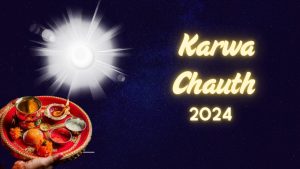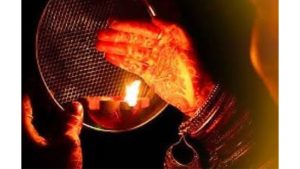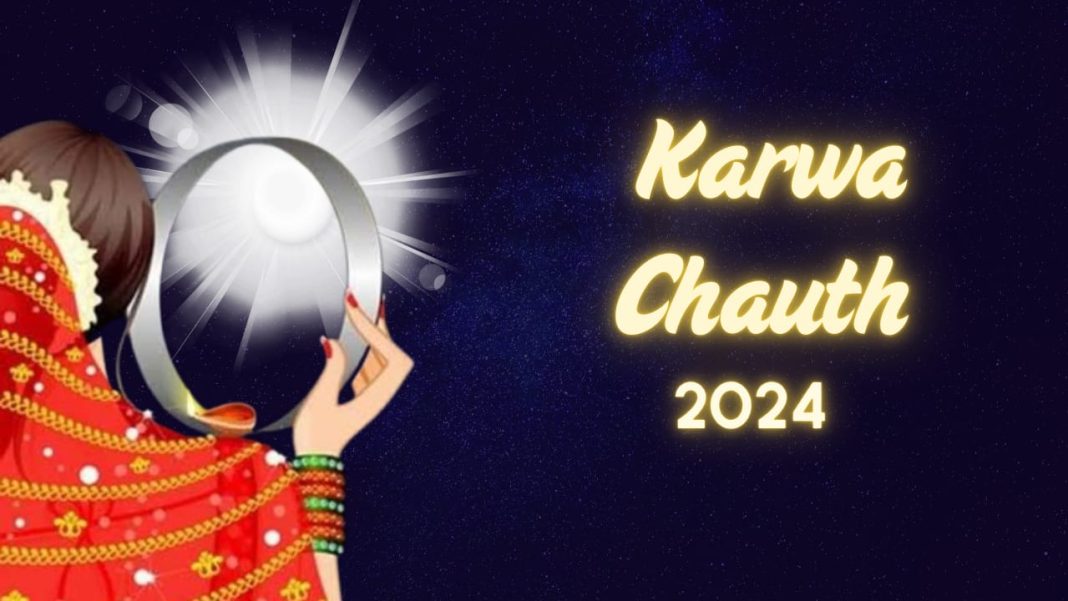Digital News Desk:
Karva Chauth Preparations: A Festival of Love and Tradition
Karva Chauth, a highly anticipated festival celebrated predominantly in northern India, is around the corner, and the atmosphere is abuzz with excitement. This year, the festival falls on October 20, 2024, and preparations are in full swing, with markets brimming with colorful sarees, intricate jewelry, and vibrant mehndi designs. Traditionally, this festival symbolizes the love and devotion between married couples, as women fast from sunrise to moonrise for the well-being and long lives of their husbands. Over the years, Karva Chauth has evolved into a grand cultural celebration, blending deep-rooted customs with modern-day festivities.
The Significance of Karva Chauth
The festival of Karva Chauth holds a special place in Hindu tradition, where fasting is an act of love, devotion, and faith. Women, mostly from the northern states such as Uttar Pradesh, Punjab, Rajasthan, and Haryana, wake up early before dawn to consume a pre-dawn meal known as Sargi, which is typically prepared by their mothers-in-law. After this meal, the fast begins, and women do not consume food or water until they sight the moon in the evening. The day is spent in prayer, offering special rituals, and participating in group activities like storytelling and recitations of mythological tales that reflect the history of the festival.
The term “Karva” refers to earthen pots used for storing water, and “Chauth” means the fourth, as the festival falls on the fourth day of the Kartik month in the Hindu lunar calendar. Historically, it was a time for women to come together, share their joys and concerns, and strengthen bonds of sisterhood while praying for their husbands’ safety, especially when the men were away for long periods in wars or expeditions.
Market Buzz: A Shopper’s Paradise
In 2024, the excitement for Karva Chauth is palpable, with markets offering a spectacular array of items tailored specifically for the festival. From vibrant traditional sarees to modern lehengas, the options for clothing are vast, catering to both traditionalists and those who prefer a contemporary twist. The use of rich fabrics like silk, chiffon, and georgette, adorned with intricate embroidery, has seen a rise in demand, with designers curating special festive collections.
Jewelry stalls, too, are witnessing a rush of buyers. Gold-plated sets, antique jewelry, and lightweight costume jewelry are in demand, allowing women to accessorize with the latest trends while keeping the traditional vibe intact. Besides, bangles, which are considered auspicious, are an essential part of the Karva Chauth attire. Special stalls selling glass, lacquer, and gold bangles have popped up across cities, drawing customers with their intricate designs and bright colors.

Mehndi: A Tradition and Trend
One of the most anticipated aspects of Karva Chauth preparations is applying mehndi, or henna. Mehndi, with its intricate patterns and deep red hue, is considered a symbol of prosperity and good luck. Women often book professional mehndi artists days in advance to ensure their hands are beautifully adorned for the occasion.
The designs range from traditional floral and paisley patterns to more modern and minimalist art, catering to varying tastes. This year, many women are opting for elaborate designs that incorporate personal elements, such as initials or significant symbols, making the art a blend of creativity and culture.
Sargi and Fasting: A Family Affair
One of the most emotional and intimate aspects of Karva Chauth is the preparation of Sargi. Traditionally, Sargi is a pre-dawn meal sent by the mother-in-law to the daughter-in-law, symbolizing the bond between them. It includes a variety of nutritious items like fruits, dry fruits, sweets, and parathas to sustain the fasting woman throughout the day.
In modern times, the concept of Sargi has expanded beyond mother-in-law to also include gifts and food sent by the woman’s family. This ritual strengthens familial ties, allowing both sides of the family to show their affection and support for the fasting woman.
The Evening Rituals
As evening approaches, women gather together to perform the traditional puja (prayer) and listen to the Karva Chauth katha, a story narrating the significance of the festival. Each woman brings a decorated Karva (an earthen pot filled with water) and performs the rituals with it. After the katha, all eyes are on the sky, eagerly waiting for the moon to rise.
When the moon is finally sighted, women view it through a sieve or a decorated thali (plate), followed by a glance at their husbands. This symbolic act signifies the culmination of the fast, where the husband offers the first sip of water and a bite of food, thus breaking the fast.

Changing Trends: Karva Chauth in Modern Times
While the essence of Karva Chauth remains rooted in tradition, the way it is celebrated has evolved significantly. In urban settings, the festival has taken on a more glamorous tone, with women donning designer outfits and attending lavish gatherings. For many, it’s also a social occasion, with Karva Chauth-themed parties, fashion shows, and photo sessions becoming increasingly popular.
Furthermore, the festival is no longer limited to married women. Some couples choose to observe the fast together, with husbands also participating as a gesture of mutual love and respect. Social media has also played a role in popularizing the festival globally, with women sharing their fasting stories, rituals, and fashion online, inspiring others to join in the celebrations.
You May Also Read: Israel-Iran War: Why Are They Fighting & What is the Possibility of World War 3?








